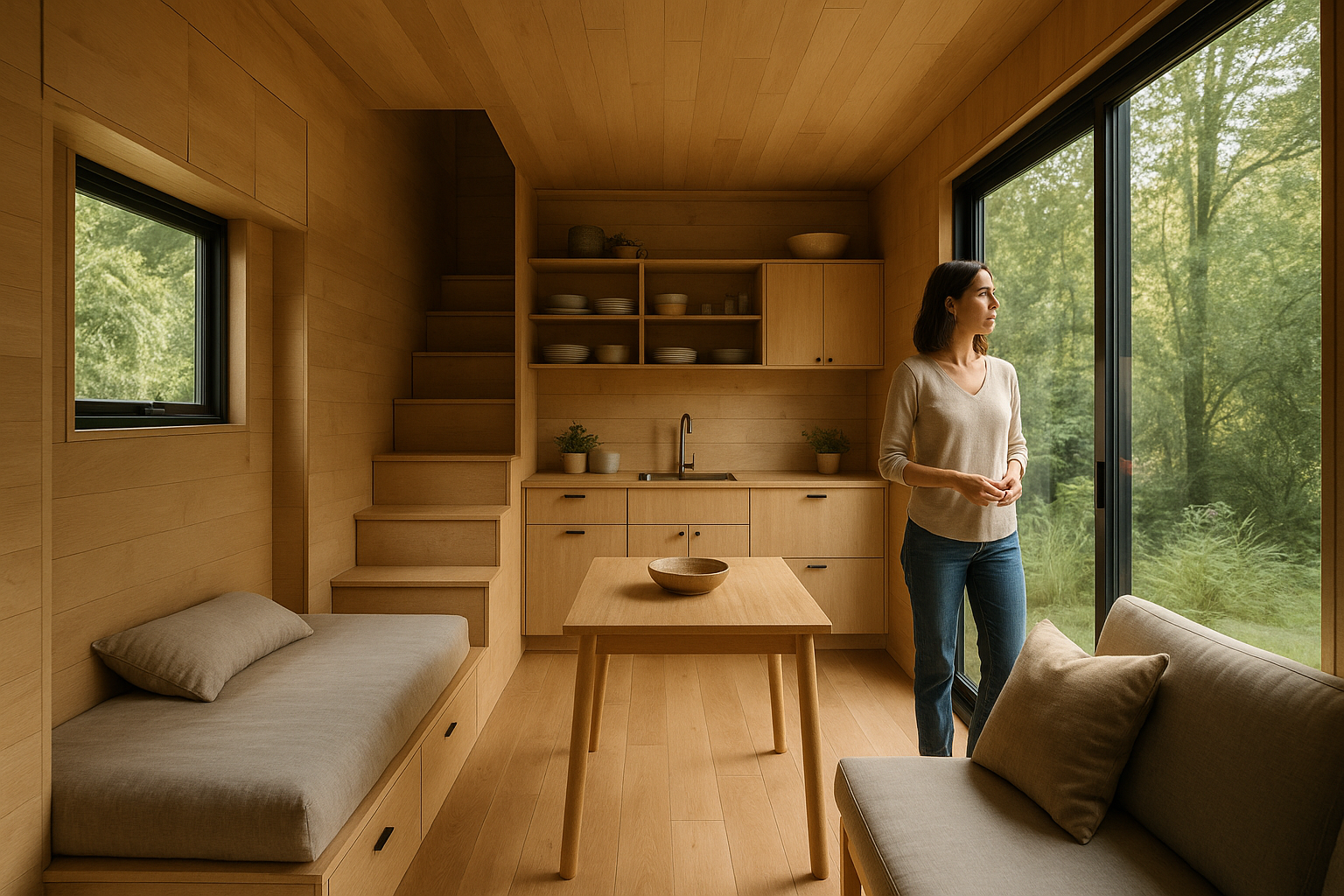"Transformative Power of Tiny Home Living"
Introduction: Envision a life where simplicity reigns, where every possession has its purpose and place. This is the captivating allure of tiny home living—an increasingly popular lifestyle trend that champions minimalism, functionality, and conscious living.

The Emergence of Tiny Homes
Tiny homes, as the name suggests, are compact living spaces typically ranging from 100 to 400 square feet. This trend found its footing in the late 20th century, as a response to the material excess of the post-war era. However, it was the 2008 financial crisis that significantly propelled the movement, as many sought affordable, sustainable living alternatives.
The Contemporary Miniature Home
Today, tiny home living is more than a housing trend—it’s a lifestyle choice. Modern tiny homes are marvels of design and efficiency, with every square foot meticulously planned to provide comfort and functionality. Space-saving furniture, multifunctional spaces, and clever storage solutions are integral elements of tiny home designs.
Practicality and Market Trends
The tiny home movement encourages a reevaluation of needs versus wants, championing a lifestyle that is as cost-effective as it is eco-friendly. The reduced square footage drastically cuts down energy consumption, maintenance costs, and carbon footprint. This trend is gaining traction, with the tiny homes market projected to grow by 6.99% annually from 2021 to 2026.
Transforming Everyday Living
Living small doesn’t mean compromising on style or comfort. On the contrary, tiny homes inspire creativity and innovation, as they challenge the conventional notions of space and design. The compact lifestyle these homes offer often yields unexpected benefits—reduced clutter, enhanced mobility, and a heightened appreciation for the essentials.
A Deeper Look into the Tiny Home Phenomenon
While tiny homes are not a one-size-fits-all solution, they are an intriguing exploration of how less can be more. They force us to question societal norms—why do we equate success with size, and can smaller spaces offer a larger, more meaningful life? The tiny home movement embraces the belief that happiness isn’t in the abundance of possessions, but in the richness of experiences and the quality of life.
In conclusion, the trend of tiny home living offers an intriguing blend of minimalism, functionality, and sustainability. It is a testament to the transformative power of design, illustrating how a smaller footprint can lead to a greener, more conscious, and fulfilling lifestyle.




